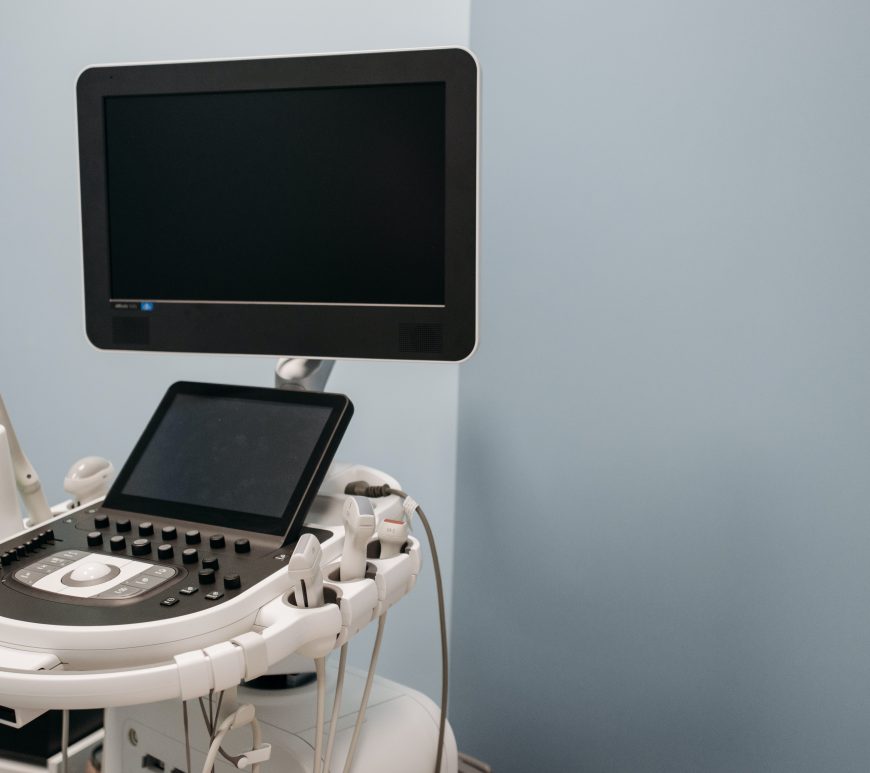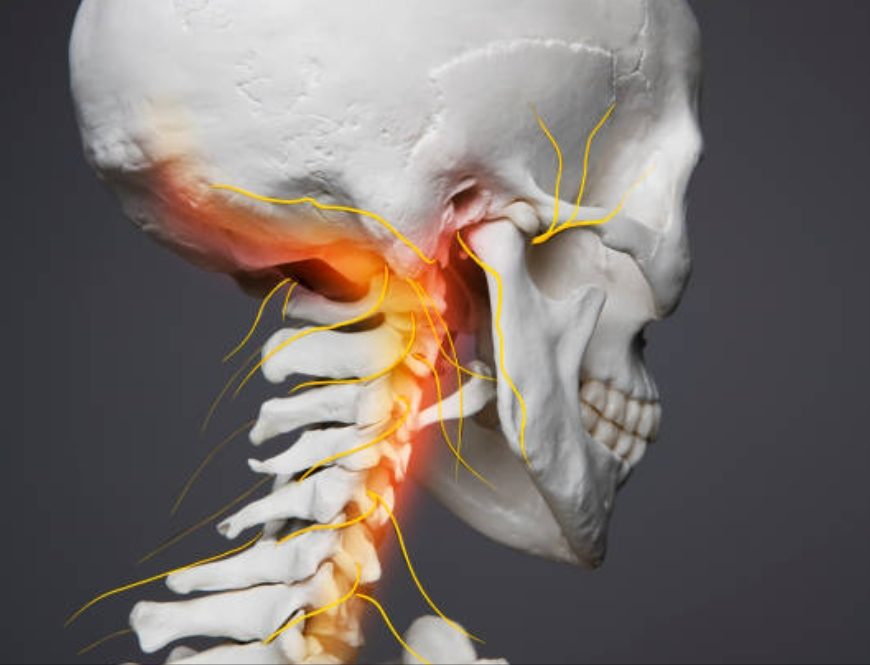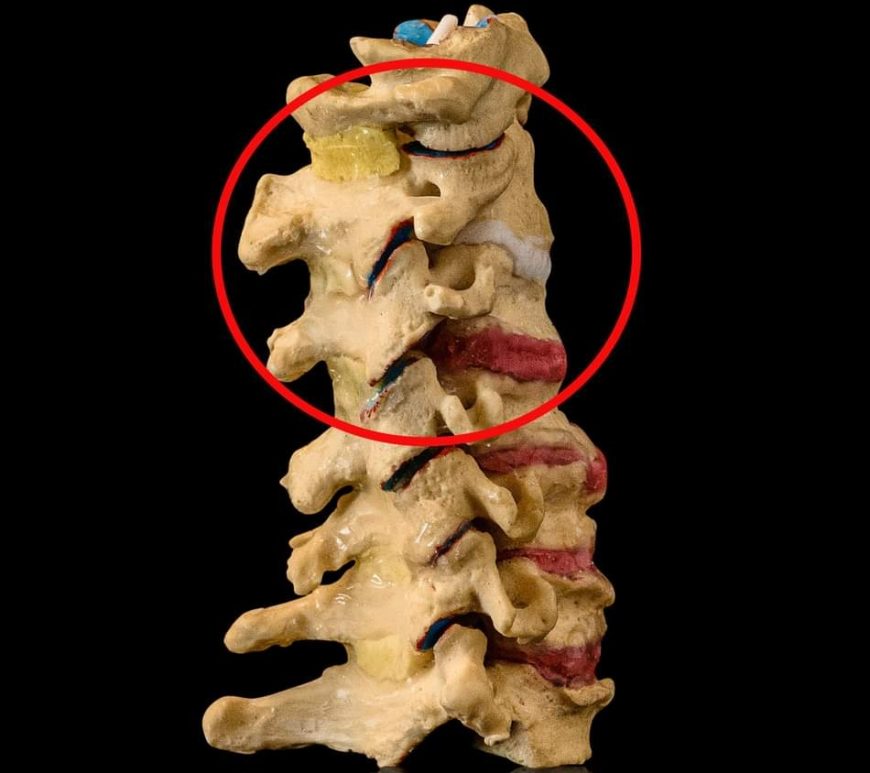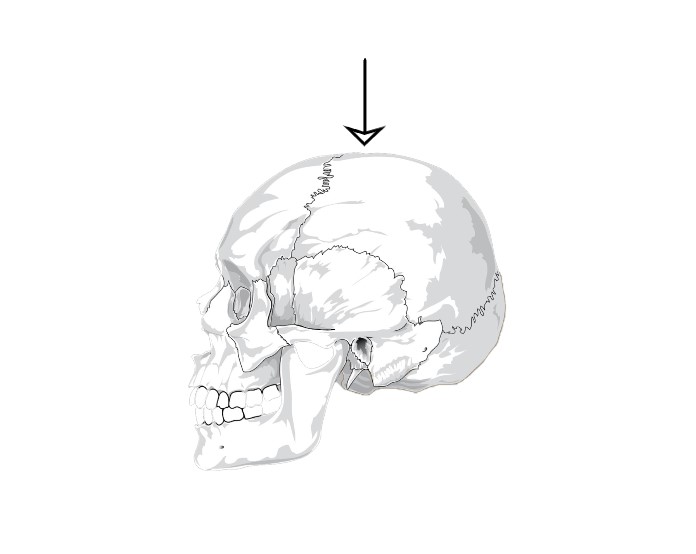
Transcranial Doppler ultrasound reveals surprising results about pre-manipulative cervical spine testing and sustained cervical spine rotations!
Manual joint mobilization and manipulation are beneficial interventions for neck pain, but high-velocity thrust and sustained techniques are linked to serious arterial trauma. The reliability of pre-manipulative tests of the cervical spine is not clear, and the impact of head and neck position on blood flow is still not fully understood. The existing research primarily focuses on the impact of head and neck positions on … Continue reading Transcranial Doppler ultrasound reveals surprising results about pre-manipulative cervical spine testing and sustained cervical spine rotations!


